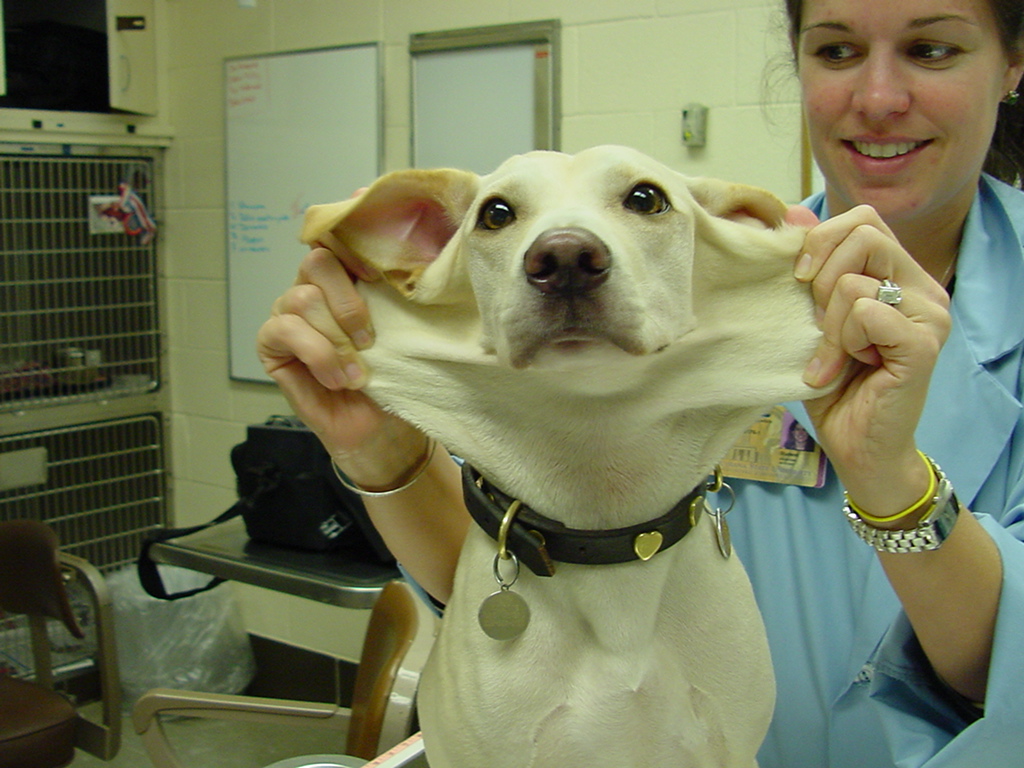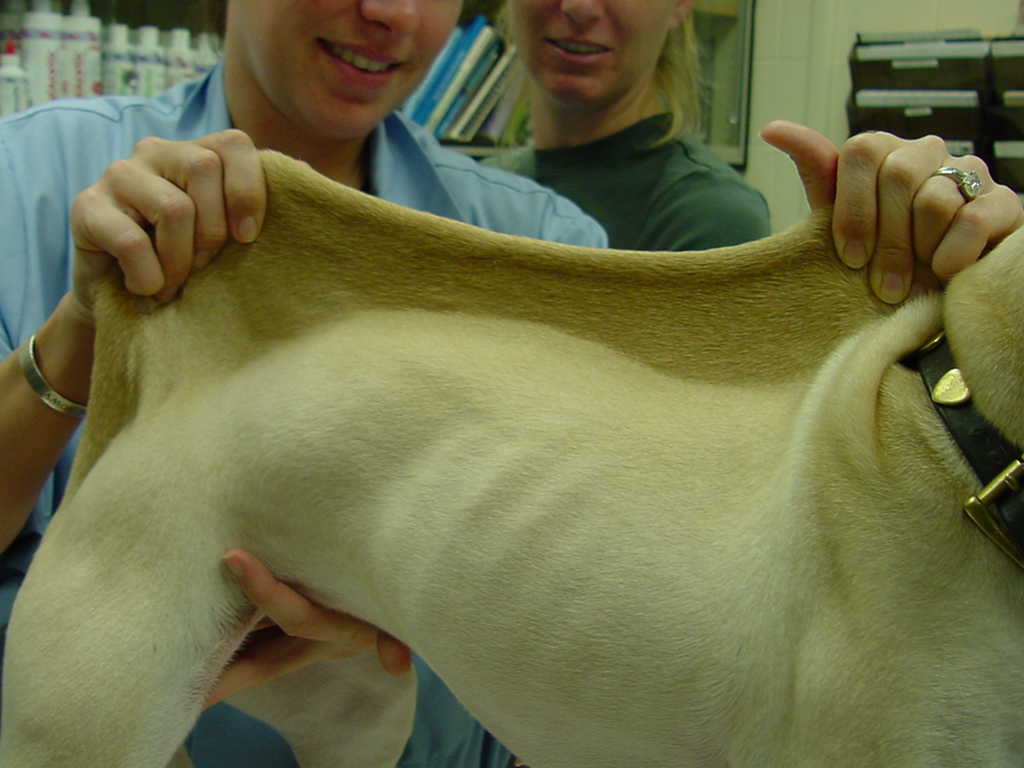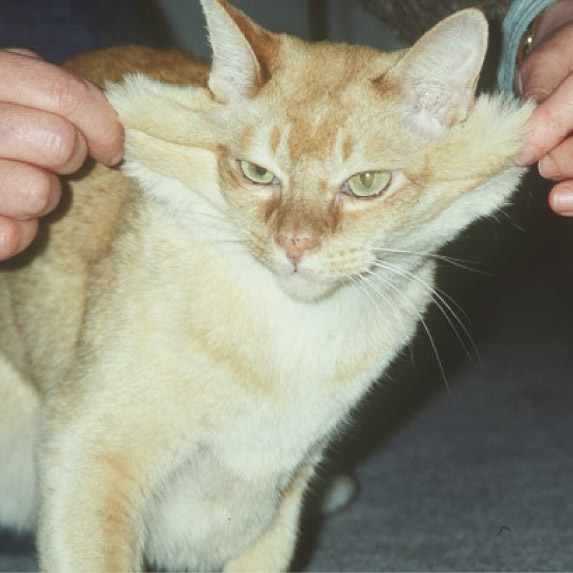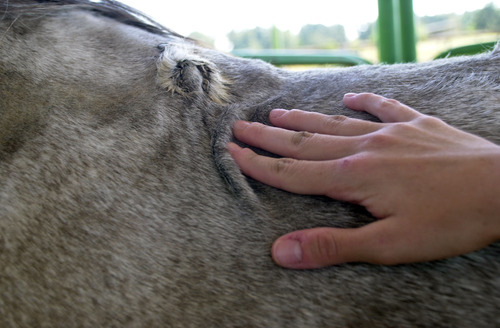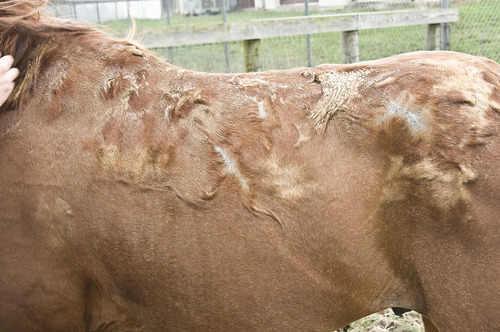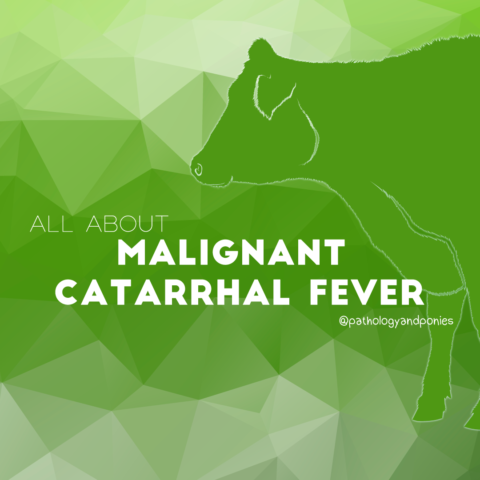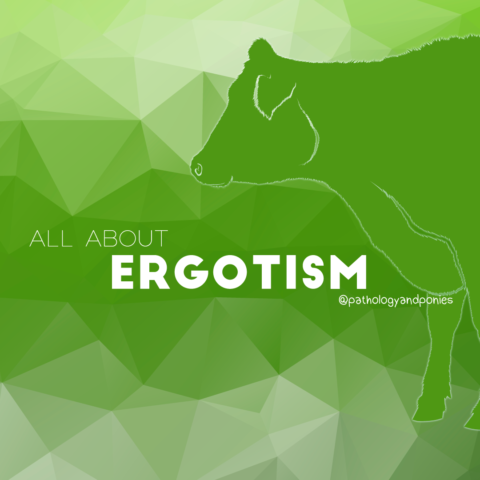Today’s path rounds are on 𝐜𝐨𝐥𝐥𝐚𝐠𝐞𝐧 𝐝𝐲𝐬𝐩𝐥𝐚𝐬𝐢𝐚! This falls under a recent request for a “cool derm thing” ![]()
𝐖𝐡𝐚𝐭 𝐢𝐬 𝐢𝐭?
You may have heard of this condition referred to as 𝐄𝐡𝐥𝐞𝐫𝐬-𝐃𝐚𝐧𝐥𝐨𝐬 𝐬𝐲𝐧𝐝𝐫𝐨𝐦𝐞 in people. Basically, it is a condition where 𝐜𝐨𝐥𝐥𝐚𝐠𝐞𝐧, the major structural protein found in the skin and joints has an abnormality in the shape or size of its fibers, preventing them from linking together properly to provide strength to the skin.
𝐖𝐡𝐨 𝐠𝐞𝐭𝐬 𝐢𝐭?
So far, this condition has been described in humans, cattle, sheep, horses, dogs, cats, mink and rabbits. But it is entirely possible that other species have this condition!
𝐖𝐡𝐚𝐭 𝐜𝐚𝐮𝐬𝐞𝐬 𝐢𝐭?
This condition is hereditary, meaning that it is passed down generation to generation. The exact genetic cause varies between species, but the ultimate result is abnormal collagen.
𝐇𝐨𝐰 𝐢𝐬 𝐢𝐭 𝐝𝐢𝐚𝐠𝐧𝐨𝐬𝐞𝐝?
These conditions can be diagnosed based on clinical suspicion, meaning that the veterinarian can do a thorough exam of the animal and come to a diagnosis based on the most likely cause. The clinical signs can vary somewhat between species, but are typically characterized by very stretchy skin that is extremely fragile and easy to tear. Affected animals may also have joint laxity or hyperextendability, due to the collagen maintaining the normal range of motion of the joint being too stretchy.
In cattle and sheep, this condition is called 𝐝𝐞𝐫𝐦𝐚𝐭𝐨𝐬𝐩𝐚𝐫𝐚𝐱𝐢𝐬, which means “torn skin”. Typically, this disease is characterized by thick skin that tears easily, and sometimes hangs loosely. In sheep, this is often most problematic at shearing, where routine handling may cause large areas of skin to be torn off the body.
In horses, this condition is called 𝐡𝐞𝐫𝐞𝐝𝐢𝐭𝐚𝐫𝐲 𝐞𝐪𝐮𝐢𝐧𝐞 𝐫𝐞𝐠𝐢𝐨𝐧𝐚𝐥 𝐝𝐞𝐫𝐦𝐚𝐥 𝐚𝐬𝐭𝐡𝐞𝐧𝐢𝐚 or HERDA. The genetic mutation that causes this condition has been traced back to Poco Bueno, one of the foundation Quarter Horse sires. Typically, clinical signs do not develop until 6-12 months of age, and are characterized by frequent skin wounds. Once the horse begins training under saddle, they will frequently develop large wounds in the saddle area due to friction. Sometimes affected horses will have joint laxity.
In dogs and cats, this condition is called 𝐜𝐮𝐭𝐚𝐧𝐞𝐨𝐮𝐬 𝐚𝐬𝐭𝐡𝐞𝐧𝐢𝐚. Dogs typically have the easily torn and stretchy skin that occasionally hangs loosely off the body. Occasionally they will have joint laxity as well. Cats have similarly fragile and stretchy skin, but there have not been any cases with joint laxity reported.
𝐇𝐨𝐰 𝐢𝐬 𝐢𝐭 𝐭𝐫𝐞𝐚𝐭𝐞𝐝?
Unfortunately, there is no treatment for this condition. Animals are often euthanized because their quality of life is extremely poor… any time they rub up against something or touch something they are at risk of tearing off large sections of skin. Sometimes animals can be managed if they are mildly affected by focusing on wound prevention and diet supplementation to try and boost collagen production.
𝐏𝐡𝐨𝐭𝐨𝐬
1 and 2) A stretchy dog with cutaneous asthenia.
3 and 4) Stretchy kitties!
5) A horse with HERDA showing the stretchiness of the skin.6) Resulting scarring in a horse with HERDA.
7) Joint laxity in a horse with HERDA.
𝐒𝐨𝐮𝐫𝐜𝐞𝐬
Hansen, N., Foster, S.F., Burrows, A.K. Cutaneous asthenia (Ehlers-Danlos like syndrome) of Burmese Cats. Journal of Feline Medicine and Surgery 2015 17(11).
Maxie, G. Jubb, Kennedy and Palmer’s Pathology of Domestic Animals, Volume 1. Sixth Edition.
Rashmir-Raven, A.M, Spier, S.J. Hereditary equine regional dermal asthenia (HERDA) in Quarter Horses: A review of clinical signs, genetics and research. Equine Veterinary Education 2015 27(11).
Photos 1-2 courtesy of Wikimedia Commons.
Photos 3-4 courtesy of Hansen et al.
Photos 5-7 courtesy of Rashmir-Raven et al.

